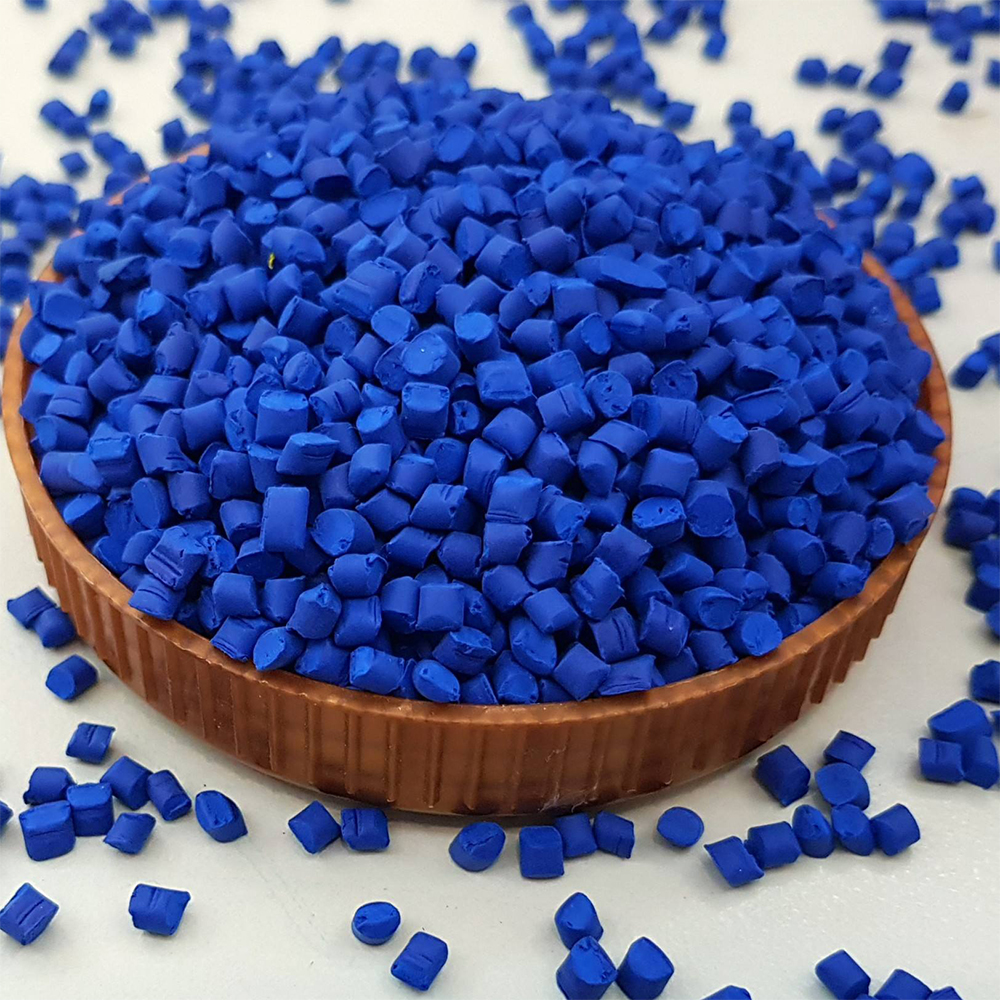
- +8615880211820
- [email protected]
- No.67, Tongan Industry Park, Xiamen
In the world of textiles, particularly in the creation of soft and comfortable fabrics, the pursuit of perfection is an ongoing quest. For those seeking to produce exquisite, filmy spinning fibers with vibrant coloration, the choice of materials becomes paramount. The key to success lies in the use of fine carbon black PET masterbatches, meticulously crafted using high-performance twin-screw extrusion technology. These masterbatches have taken the global market by storm, offering a host of advantages including remarkable color brilliancy and exceptionally low dosage requirements.
When it comes to dyeing polyester fibers, carbon black masterbatches are a staple choice. However, the selection of the carbon black itself is a critical decision. Only a few types of carbon black, characterized by extreme purity and exceptionally fine particle size, are suited for this purpose. Here, industrial carbon black takes the spotlight, a hi-tech marvel engineered with precise physical and chemical specifications and produced under tightly controlled conditions. Industrial carbon black boasts a composition of more than 96% carbon, with only trace amounts of oxygen, hydrogen, nitrogen, and sulfur. Moreover, carbon black is available in various grades, each tailored to its specific application.
Producing color batches for fiber applications necessitates the use of PET with a specific intrinsic viscosity (IV) range, typically falling between 0.6 to 0.8 dl/g. The IV value serves as a comparative measure of the average molecular weight of PET. However, working with PET requires careful handling, as it is highly susceptible to hydrolytic degradation when exposed to water. PET is also hygroscopic, readily absorbing moisture up to an equilibrium moisture content of 3,300 ppm.
In the realm of masterbatches, flexibility is the key to success. Our product offerings encompass an array of black masterbatches tailored for critical markets, including agriculture, packaging, electronics, textiles, nonwovens, wire and cable, automotive, and toys. Our team of dedicated R&D experts continuously evaluates and updates our product range to align with evolving market trends. Moreover, our black masterbatches can be formulated with base carriers such as PE, PP, PET, PS, and EVA, depending on the intended end-use application.
Our commitment to quality extends to our PET black masterbatches, which cater to the rigorous requirements of the food and packaging industries (FDA Approved). These masterbatches are designed to offer both transparency and exceptional color strength, with the ability to create a wide spectrum of vibrant and rich shades that often elude traditional pigment technology.
As a leading masterbatch manufacturer, we pride ourselves on delivering the best-in-class products that cater to various thermoplastic applications. We understand that not every black granule can meet all the demands of the diverse applications. However, our products excel on multiple parameters, including exceptional jetness, uniform granule size, UV resistance, and more. Using only the highest quality raw materials and adhering to the philosophy of “Quality In Quality Out (QIQO),” we have established ourselves as the most reliable black masterbatch manufacturer in China.
Our black masterbatches find their place in a wide range of applications, including:
In conclusion, the fine carbon black PET masterbatches are a testament to the pursuit of perfection in the textile and plastics industry. With their remarkable color brilliancy and versatility, they continue to shape the world of fabrics and materials, catering to a multitude of applications and industries. As a leading manufacturer in this field, we remain dedicated to innovation and quality, always striving to meet and exceed the expectations of our customers.
Our masterbatches find a multitude of applications across diverse industries. Whether in plastics, textiles, or various manufacturing processes, our masterbatches play a pivotal role in enhancing product quality and performance. With customizable formulations, they offer color consistency, UV protection, flame resistance, and more, making them the go-to solution for countless applications. From automotive parts to packaging materials, our masterbatches are the trusted choice for achieving superior results across a wide spectrum of industries.
Our custom masterbatches are designed to match specific polymers, ensuring optimal performance when incorporated into your selected material. We have the capability to produce masterbatches suitable for a variety of polymers mentioned below, and many more. If you’re working with a material that isn’t listed here, please don’t hesitate to reach out to our knowledgeable technical team to explore the possibility of meeting your specific needs.
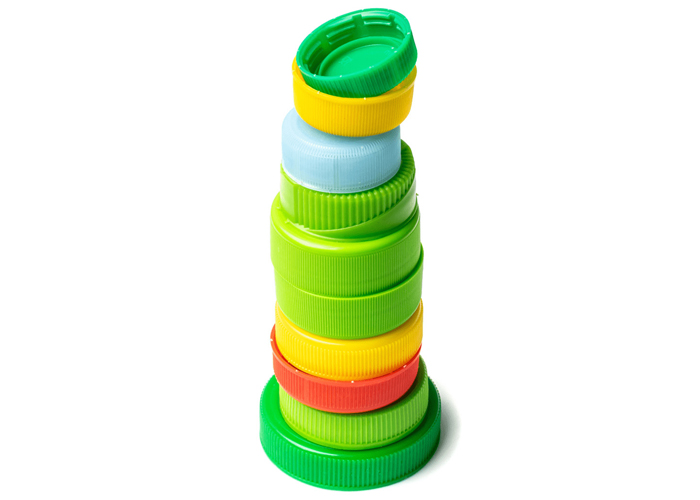
Low Density Polyethylene – Somewhat more translucent than HDPE and considerably more pliable, primarily employed in flexible packaging, tote bags, pliable tubing, film applications, and similar uses. Like HDPE, it has limited transparency characteristics. It exhibits outstanding chemical resistance to alcohols, acids, and alkalis but has restricted resistance to hydrocarbon solvents and mineral oils. Prolonged exposure to UV radiation can initiate degradation.
High-Density Polyethylene – Featuring a somewhat milky-white appearance, this material finds wide application in rigid bottle packaging, injection-molded caps and closures, crates, and more. Its natural opacity can limit the degree of transparency attainable. HDPE exhibits superior chemical and solvent resistance when compared to LDPE.

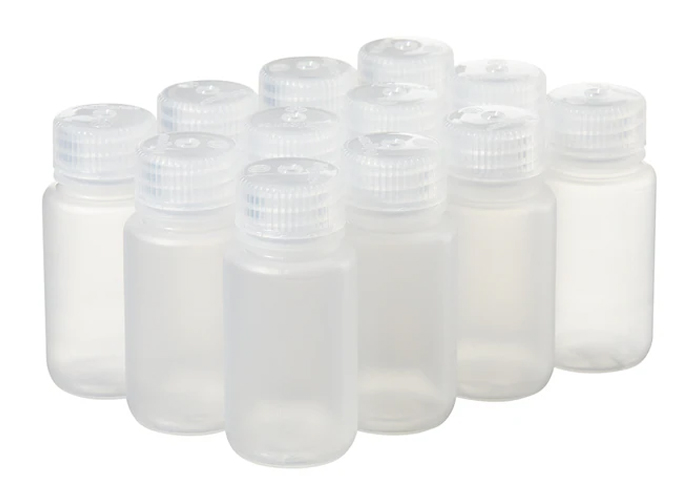
PPCO Random & PPHO – A polymer with moderate clarity, employed in the production of caps and closures. It is also utilized for crafting household items, buckets, toys, and storage containers. Polypropylene offers flexibility without significant limitations on color or special effects. Random copolymer boasts greater clarity compared to homopolymer and is better suited for creating translucent shades.
PPCO Block – Similar to PPCO but enhanced for increased impact resistance. An additive renders the polymer white, resulting in high opacity. This characteristic may limit the achievable transparency.
Polyethylene Terephthalate (PET) – Polyester materials exhibit robust mechanical strength along with excellent chemical resistance and barrier properties. PET is frequently chosen for the production of carbonated beverage containers. Moreover, polyester can be spun and employed in textile manufacturing for clothing. PET is highly transparent, making it an excellent choice for translucent packaging, although a subtle hint of “yellowing” may impact extremely light tints.
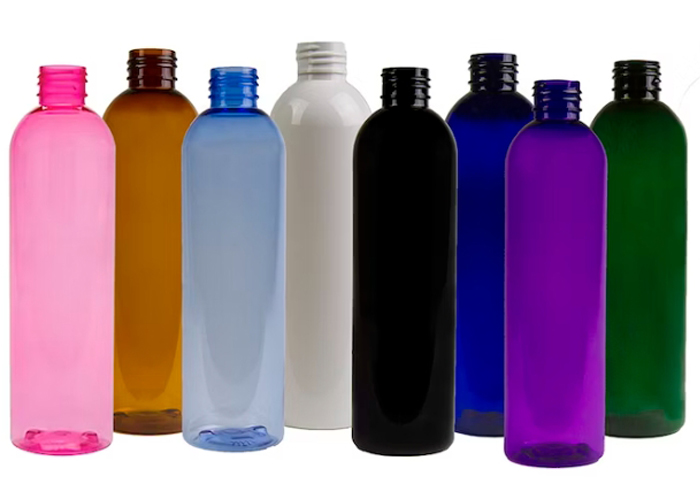
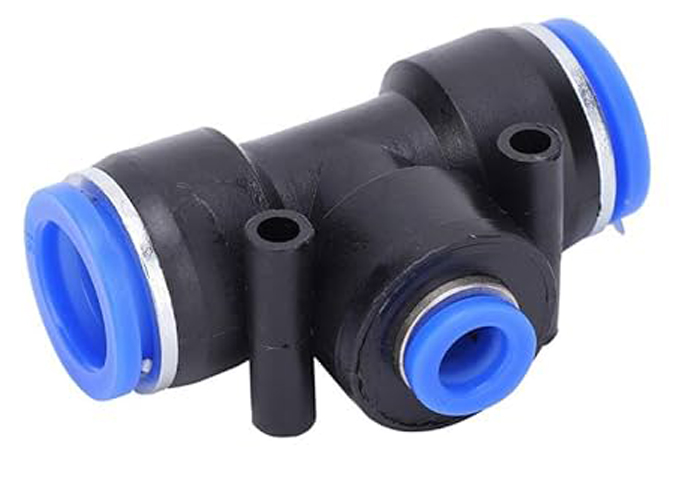
Polybutylene Terephthalate – A crystalline thermoplastic engineering polymer frequently employed as an insulating material within the electronics sector. This substance belongs to the polyester category, showcasing a remarkable equilibrium of attributes and processing qualities.
General Purpose Polystyrene – Exhibiting a glass-clear appearance but possessing minimal impact resistance, this material finds its primary application in CD cases. Its notable clarity renders it suitable for creating translucent hues, although an occasional violet tint may be discernible.
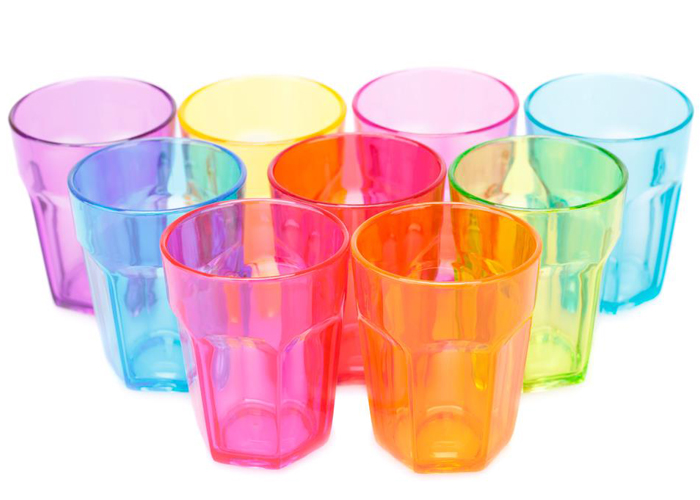
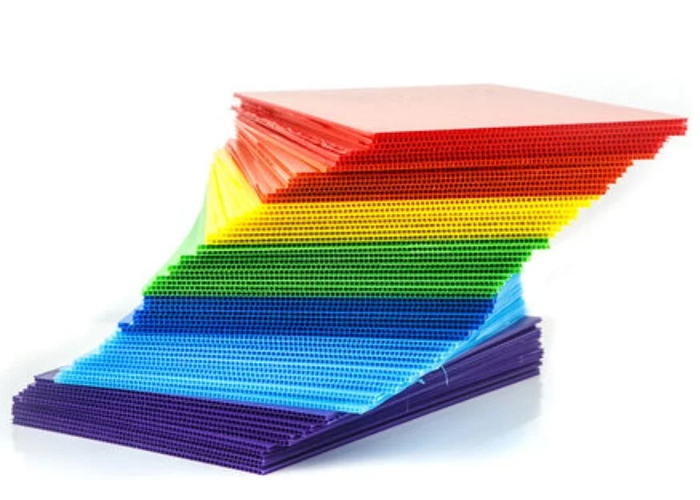
High Impact Polystyrene – Derived from GPPS by incorporating an impact-enhancing agent to boost its resistance to impacts. This added component results in the polymer becoming white, and different formulations provide varying degrees of opacity. Typically employed in the fabrication of game pieces, toys, and similar items. Its pronounced whiteness can pose challenges when aiming for translucent coloration. Specialized alternatives like K-Resin and Styrolux are accessible in the market to attain the same level of translucency as GPPS.
Acrylonitrile Butadiene Styrene (ABS) – A more robust iteration of High Impact Polystyrene (HIPS) employed in high-value components. ABS exhibits greater durability compared to HIPS-made components, although it encounters similar challenges when attempting to achieve translucent colorations. Just like HIPS, ABS offers specialized translucent variants. Owing to its durability, ABS is commonly used in crafting casings for power tools.
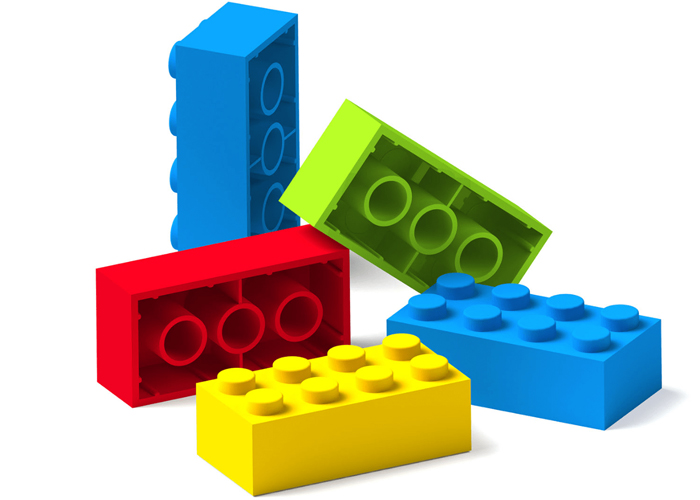
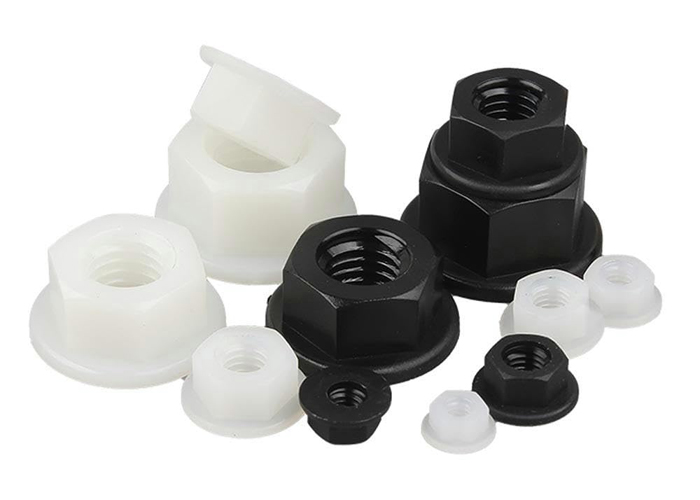
Polyamide (6, 66) – Nylon represents a versatile grade extensively employed in mechanical construction and maintenance. Its popularity stems from its excellent blend of mechanical strength, rigidity, mechanical damping characteristics, and effective electrical insulation capabilities. Consequently, nylon is a preferred material for manufacturing electrical enclosures. PA66 serves as a common alternative to metal across diverse applications, with its chemical and physical attributes closely resembling those of PA6. PA6 exhibits superior impact resistance and resistance to solvents, albeit with a heightened susceptibility to moisture absorption.
Styrene Acrylonitrile Copolymer – Possessing transparency and outstanding chemical and heat resistance, SAN also boasts good rigidity, tensile strength, and flexural strength. Thanks to its high-gloss finish, SAN is commonly chosen for cosmetic packaging purposes. However, achieving light tint colors with SAN can be challenging due to the violet dyestuffs inherent in the material, which are utilized to enhance its visual appearance during manufacturing.
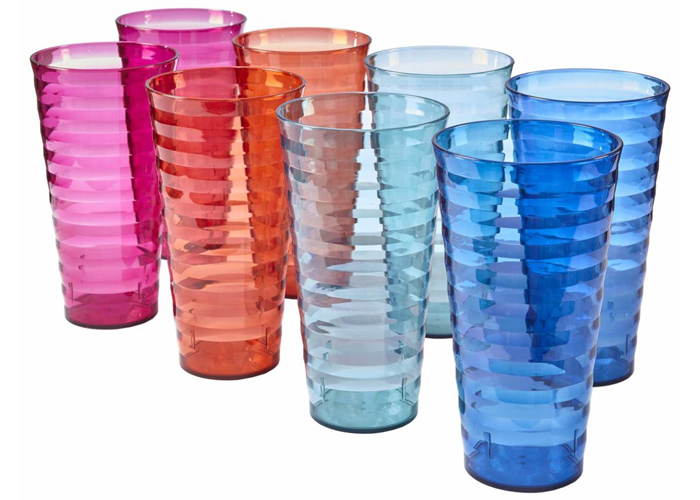
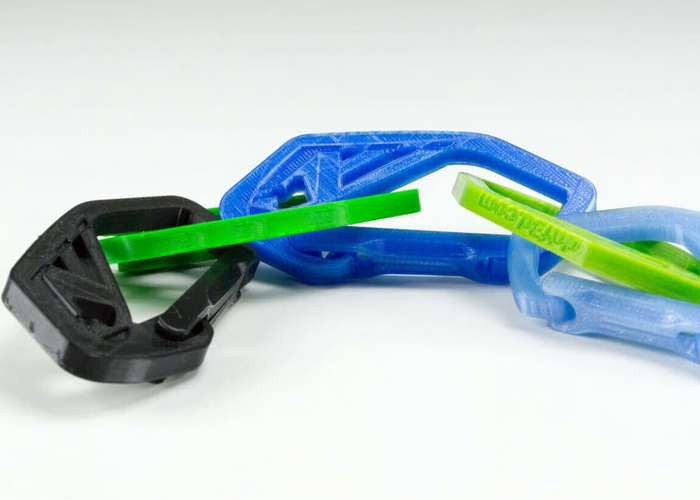
Polyethylene Terephthalate Glycol – PET with the incorporation of glycol. This glycol addition enhances flow properties but diminishes strength. PETG can be extruded to create bottles and can be formed into sheets for producing ‘blister’ style packaging.
Thermoplastic Elastomer (TPE) or Thermoplastic Polyurethane (TPU) – TPU finds diverse uses in applications such as automotive instrument panels, caster wheels, power tools, medical devices, as well as various extruded film, sheet, and profile applications. TPEs are employed across a wide range of applications in industries spanning automotive, medical, construction, electrical, appliances, packaging, and industrial sectors.
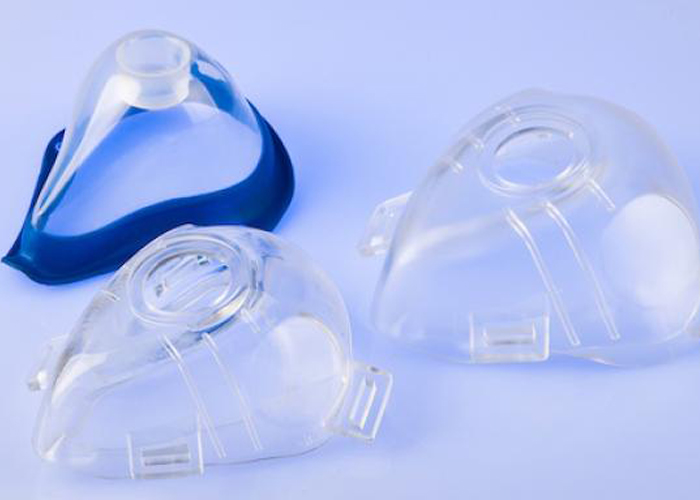
Frequently asked questions about our masterbatch
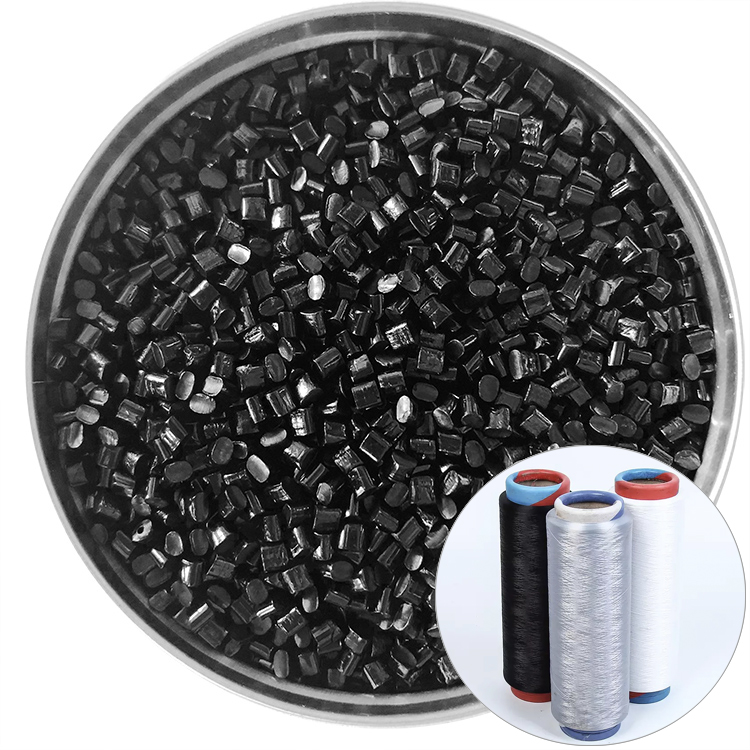
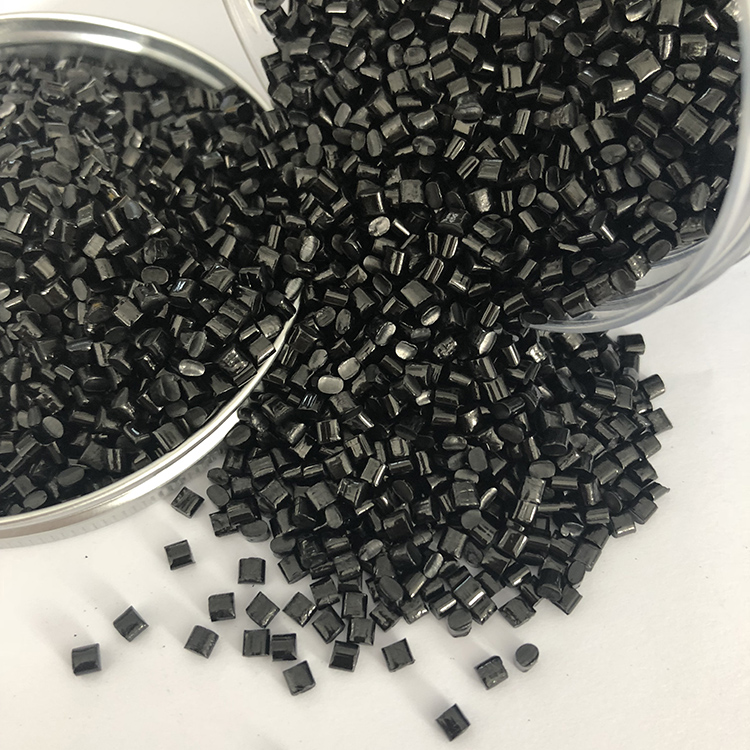
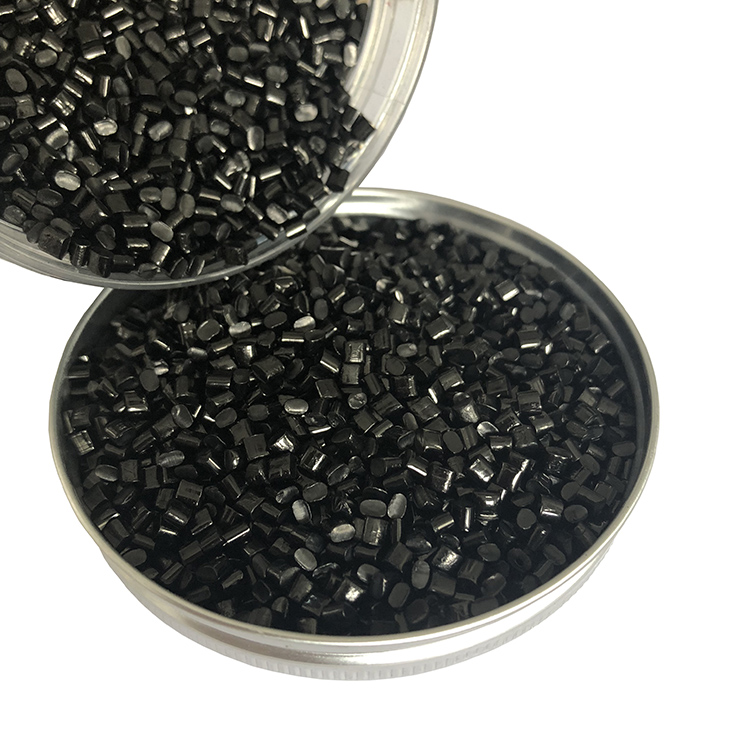
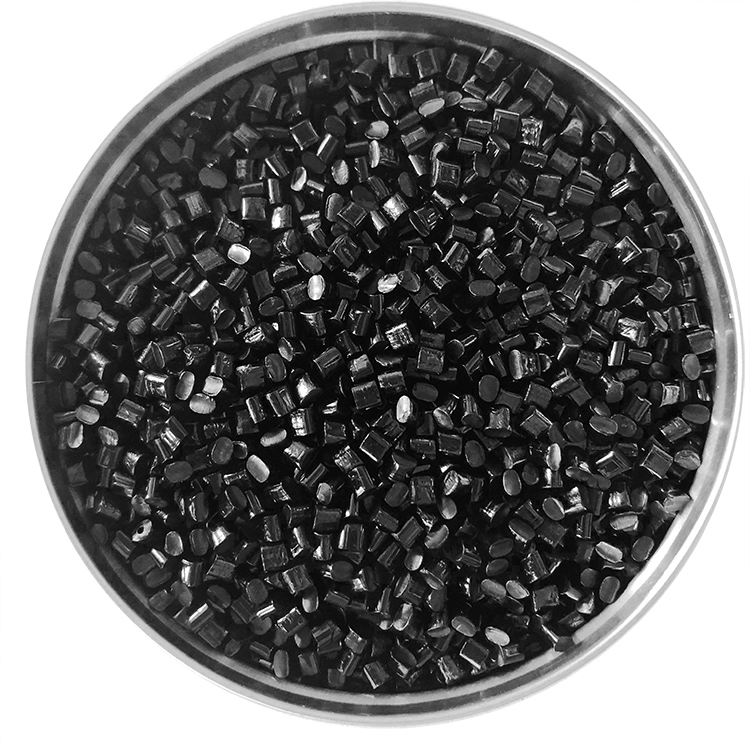
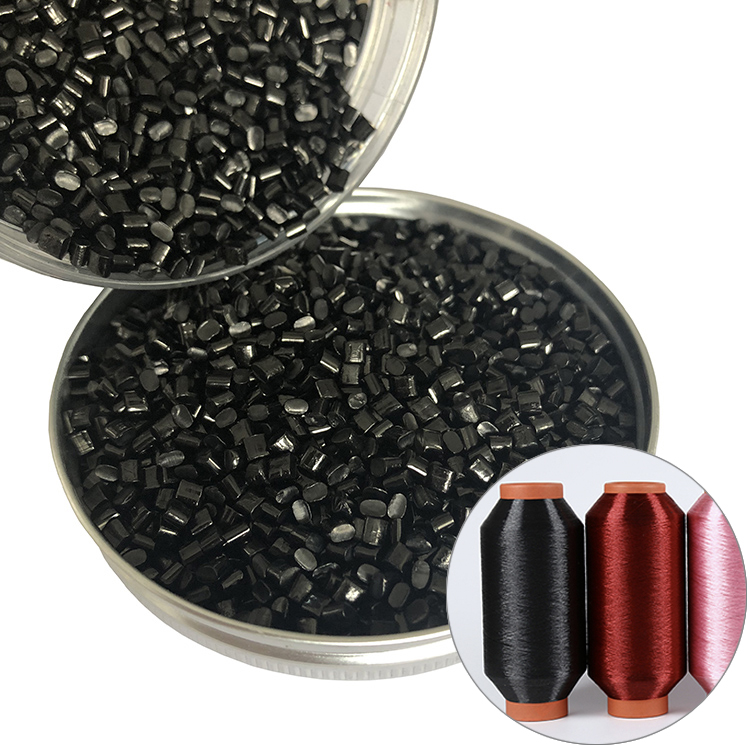
©2023. Masterbatch Manufacturer All Rights Reserved.
Our team will send back the best offer in 20 minutes.